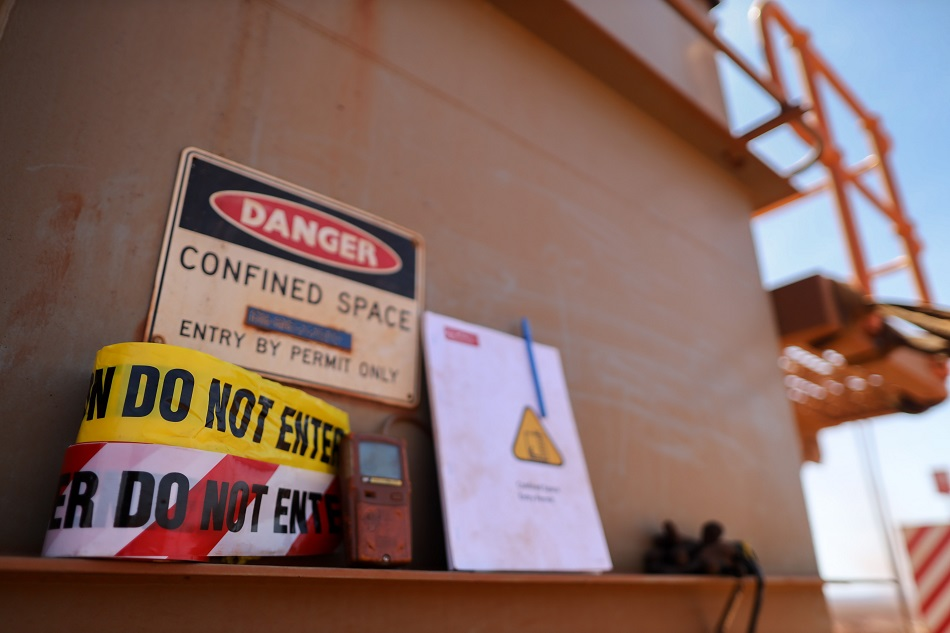
Image Credit: King Ropes Access/Shutterstock.com
A significant amount of greenhouse gas emissions is produced by building operations, such as their heating and cooling. However, building construction is also associated with significant amounts of emissions.
According to a 2018 study, the construction industry was responsible for 5.7 billion tons of greenhouse gases in 2009, representing 23 percent of the overall carbon dioxide emissions generated by the worldwide economy.
Significant focus has been put on reducing the operational emissions of a building, and much less focus has been placed on embodied carbon; the emissions produced during a building’s construction. The embodied carbon of a building or structure is essentially locked in once construction has finished. Conversely, operational emissions can be reduced over a building’s lifetime by increasing efficiency and increasing the use of renewable energy.
Indirect emissions accounted for 94 percent of the carbon dioxide produced by the global construction industry. While oil-based fuels are the foremost source of direct emissions for the construction sector, indirect emission primarily comes from hard coal, natural gas, and non-energy sources. Emerging economies around the world are responsible for almost 60 percent of the worldwide construction sector's carbon emission, with China being the biggest contributor.
Cement as a Major Emitter of Greenhouse Gases
Cement is vital in modern construction, and unfortunately, it accounts for around 8 percent of global carbon emissions.
Made by firing limestone and clay inside an oven and milling it into a powder, Portland cement is the primary ingredient in most modern concretes. Because of inefficient production, from an emissions standpoint, the impacts of Portland cement have been scrutinized over the last few decades. The creation of Portland cement involves high-temperature kilns, which need copious amounts of energy to operate. The chemical system of making cement also releases very high amounts of carbon dioxide.
However, the construction industry has made progress. Advancements in energy-efficiency and waste processing have decreased the average carbon dioxide emissions per tonne of cement by 18 percent over the past few decades.
Also, the Global Cement and Concrete Association (GCCA), which represents around 35 percent of the global cement production capacity, has recently placed a spotlight on sustainability. The GCCA is producing sustainability standards that its members must follow.
Furthermore, many companies are developing new kinds of low-emissions cement. BioMason is a start-up that has developed a way to use trillions of bacteria to produce concrete bricks. Simply put, the method involves putting sand into molds and treating it with microorganisms, which triggers a sequence similar to the one that produces coral. The technique takes four days, occurs at room temperature and doesn't require fossil fuels or calcination; two of the principal sources of the cement-related emissions.
More Action Being Taken
The Paris Agreement sparked a greater urgency to decarbonize the worldwide economy, and so both policymakers and the construction industry have accepted the focus cannot just be on the use phase.
A primary focus has been looking into pre-occupation emissions, from the mining of raw materials, and the manufacture of building products, to construction site emissions, which all-together are responsible for 11 percent of all global carbon emissions yearly.
Some concrete makers are looking to offset their emissions by using an injection technique that sequesters captured waste carbon in the concrete itself. One promising emissions-lowering product is a structural material made from soybeans. Being developed at Cornell University, researchers are currently looking into their use in façades and internal structures.
Sources and Further Reading
Disclaimer: The views expressed here are those of the author expressed in their private capacity and do not necessarily represent the views of AZoM.com Limited T/A AZoNetwork the owner and operator of this website. This disclaimer forms part of the Terms and conditions of use of this website.